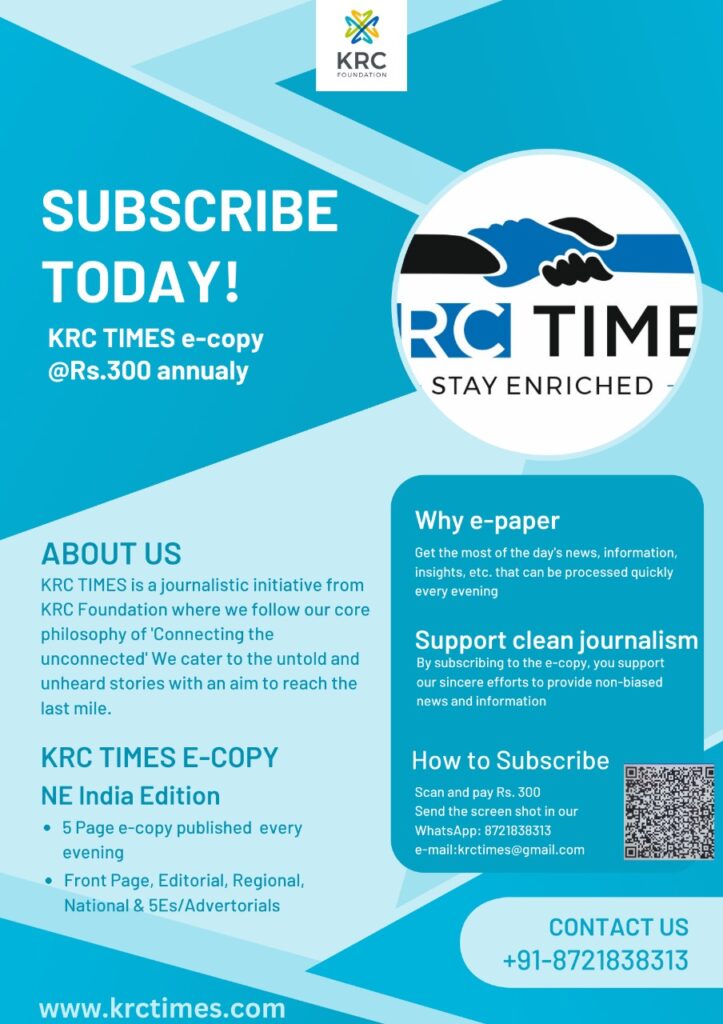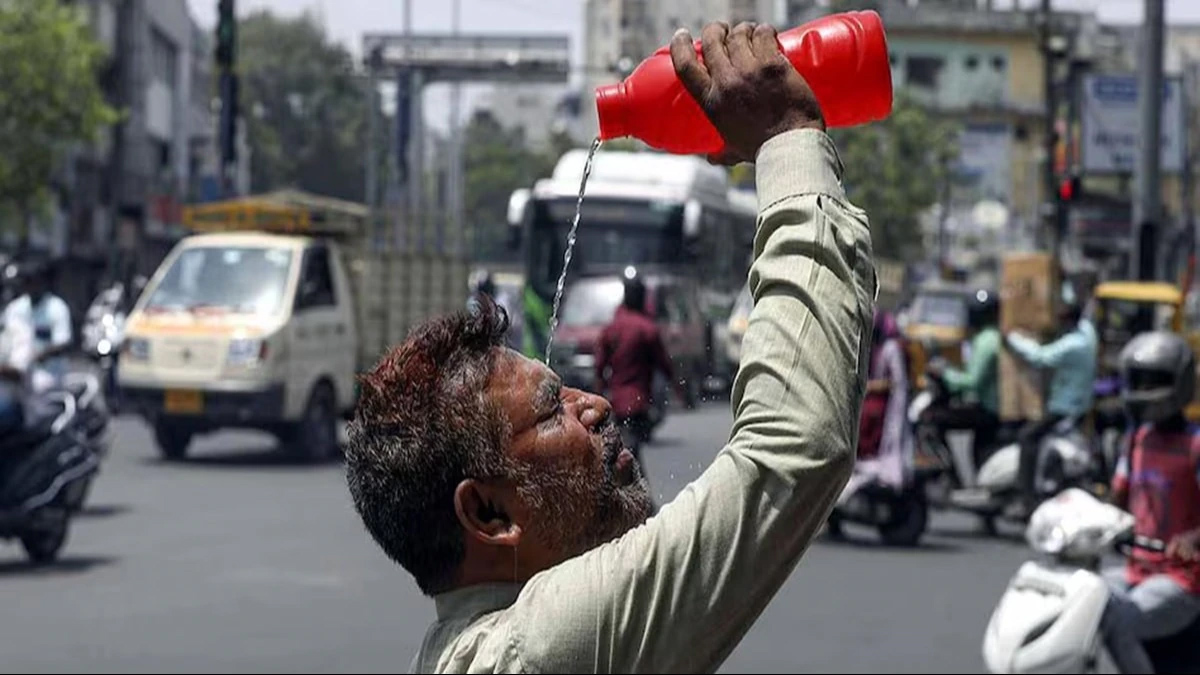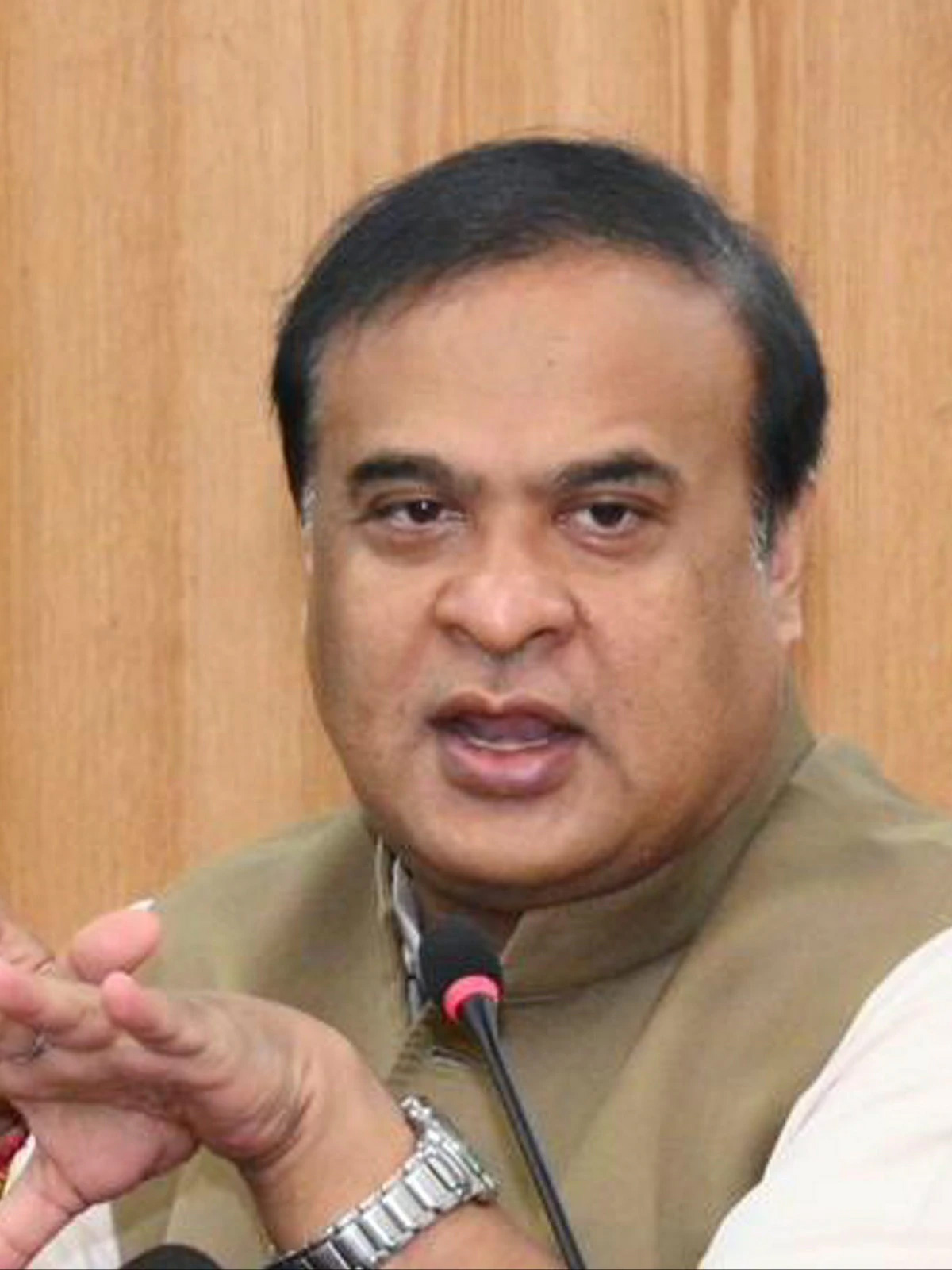Summers in Delhi are particularly harsh due to the combination of extremely high temperatures, hovering around 50 degrees Celsius, and frequent heatwaves that exacerbate the already intense heat. Compounding these problems is the deficiency in civic services, which leaves the residents high and dry
 KRC TIMES Desk
KRC TIMES Desk

Summers in Delhi are particularly harsh due to the combination of extremely high temperatures, hovering around 50 degrees Celsius, and frequent heatwaves that exacerbate the already intense heat. Compounding these problems is the deficiency in civic services, which leaves the residents high and dry. The city’s urban heat island effect, where concrete retains and radiates heat, makes the environment significantly hotter. The rural areas in the hinterland, particularly those towards the west, bear the brunt of hot westerlies coming in from the Rajasthan desert. During this season, water shortage becomes a critical issue as demand peaks while supply dwindles, making it difficult for the residents to stay hydrated.
Additionally, the high demand for electricity to run air conditioners, coolers and fans often overwhelms the power grid, resulting in frequent power cuts, thus increasing health risks. Summer also brings poor air quality due to dust storms and increased vehicular emissions which, when combined with the heat, can lead to respiratory problems and other health issues. There are several reasons for Delhi’s woes. Though nothing much can be done about the fire raining from the skies, the management of resources such as electricity and water can be done in a better manner. Every year, the Delhi Government blames Haryana for not releasing its share of water, but no one wants to find a long-term solution. Besides, many parts of Delhi, especially East Delhi, lack sufficient green spaces, which are essential for providing shade and cooling the environment. It is a sad commentary on Delhi Government that more than 22 per cent water bodies of Delhi have been stolen.
Earlier records suggest that Delhi had over 1,000 water bodies which served as buffers and provided water and coolness. To address this issue, the Delhi Government has announced a fine of Rs 2,000 on those found guilty of wasting water. So, in a way, the city Government is putting the onus for water scarcity only on its people. Home to over 20 million people, Delhi is experiencing unprecedented water shortages. The rising temperatures have led to increased water consumption, putting immense pressure on the already strained water supply system. Residents are facing erratic water supplies, with many neighbourhoods receiving water only a few hours each day. The fine targets a range of activities considered wasteful, including washing cars with hosepipes, watering gardens excessively and leaving taps open.
While the intention is commendable, several factors question its practicality and effectiveness. How will the Government find the culprits and who will define water wastage? Besides, the Government is being harsh on people who are already braving the heat despite electricity and water scarcity. Instead, the Government could have issued a warning for wasting water and arranged for water tankers in areas badly hit by water scarcity. For now, only the weather gods can save the Capital.
Promotional | Subscribe KRC TIMES e-copy






